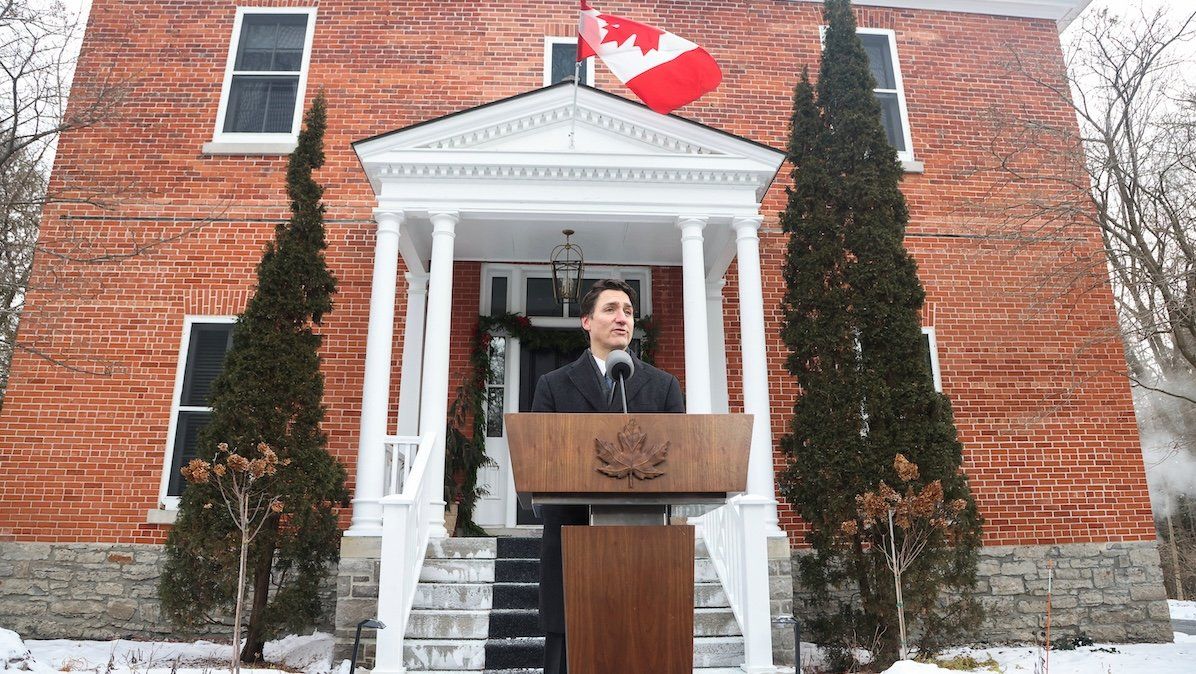On Monday morning, Jan. 6, Prime Minister Justin Trudeau addressed reporters on the stairs of Rideau Cottage, his official residence in Ottawa, to announce his resignation. He began by stating that “Parliament has been paralyzed for months. This morning, I advised the governor general that we need a new session of Parliament. The House is prorogued until March 24.”
This means that instead of returning on Jan. 27, as previously scheduled, the Canadian legislature will not sit for another two months. This prevents the opposition from presenting a non-confidence motion to topple the government, as it had threatened to do.
“I intend to resign as party leader and prime minister after the party selects its next leader in a robust, competitive nationwide process,” Trudeau explained. “Last night, I asked the president of the Liberal Party to begin that process.”
The move obliges Trudeau’s party to hold a rapid-fire leadership race to choose a new leader – the winner of which will face voters in an election that must be held no later than Oct. 20, 2025. This makes it difficult for the party to bring in outside candidates and instead favors current cabinet members, whom Conservative leader Pierre Poilievre wasted no time attacking.
What Poilievre really wants is an immediate election. His party is currently ahead by 25% in the polls, and he has every interest in going to voters before the Liberals have the chance to improve their fortunes.
Trudeau, meanwhile, blamed caucus infighting for his decision. “If I continue to fight internal battles, I cannot be the best option in the next election.” At the time of his resignation, 59% of Liberal Party supporters, as well as three of his four national caucuses, said he should resign. He also threw shade at former Finance Minister Chrystia Freeland, saying that he had hoped she would take on one of “the most important files in my government” but that “she chose otherwise.”
We’ll be watching to see which candidates arise as possible contenders to replace Trudeau in the weeks ahead. Possible names include Freeland, cabinet colleagues
Dominic LeBlanc,Francois-Philippe Champagne, and
Mélanie Joly, as well as former Bank of Canada and Bank of England Governor
Mark Carney and former BC Premier
Christy Clark.